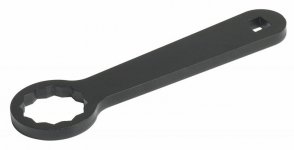canamjhb
Well-known member
When setting the alignment and tension on a 2014 RTL drive belt, is it appropriate to pull out the speed sensor at the wheel in order to avoid damage to the wires? It is a tight fit to get a wrench on the axel nut to torque it properly and it looks like removing the sensor would make life easier. If the sensor is unscrewed, is it a straight forward unscrew and screw back in? Will nanny object if the sensor is unscrewed and the key turned on to spin the wheel by hand? Or, do you torque the axel on the bolt side. I have all the tools. Just want to make sure I don't muck things up while playing with mechanical stuff. Thanks.

